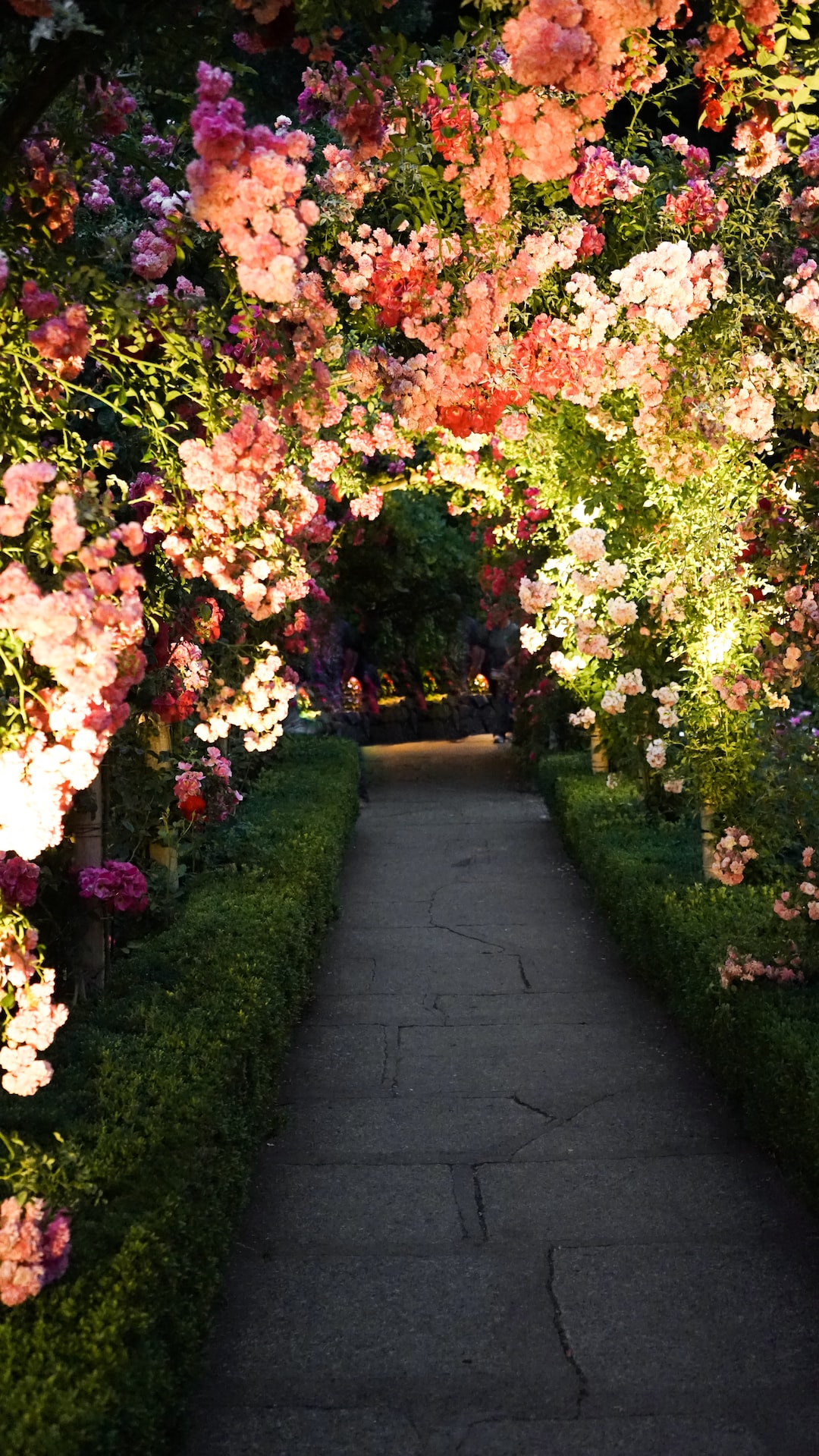Creating a Butterfly-Friendly Garden: Plants and Tips
Butterflies are not just beautiful creatures that add a touch of magic to our surroundings; they also play a crucial role in pollination and are indicators of a healthy ecosystem. By designing a butterfly-friendly garden, you can attract these graceful insects and contribute to their preservation. Here are some plant suggestions and tips to help you create a haven for butterflies in your own backyard.
1. Choose Native Plants:
When selecting plants for your garden, opt for native species. Butterflies have evolved alongside these plants and are best adapted to their specific needs. Native plants provide butterflies with nectar, caterpillar food, and shelter. Some popular choices include milkweed, butterfly bush, coneflower, and goldenrod, among others. By prioritizing native species, you will create a natural habitat that meets the requirements of different butterfly species.
2. Create a Variety of Flowering Plants:
To attract a diverse range of butterflies, aim for a variety of flowering plants that bloom at different times throughout the year. This ensures a continuous source of food and nectar for adult butterflies. Select plants with different colors, sizes, and shapes of flowers to cater to the distinct preferences of various butterfly species. For example, some butterflies prefer red or purple flowers, while others are more attracted to yellow or orange.
3. Plant Host Plants:
Butterflies lay their eggs on specific host plants that are essential for caterpillar development. Incorporate host plants into your garden to support the full butterfly life cycle. For instance, Monarch butterflies rely on milkweed as a host plant. Providing these plants will enable butterflies to reproduce and ensure a sustainable population in your garden.
4. Provide Sun and Shade:
Butterflies are cold-blooded creatures that require sunlight to regulate their body temperature. Ensure you have open sunny spots in your garden where butterflies can bask and absorb the sun’s warmth. However, it is also essential to create areas with partial shade to offer relief during hot summer days. Planting trees, shrubs, or tall plants can provide the necessary shade and shelter for butterflies to rest and seek protection.
5. Avoid Pesticides and Herbicides:
Chemical pesticides and herbicides can be harmful to butterflies and other pollinators. They can contaminate the nectar of flowers and kill caterpillars, adversely affecting the butterfly population. Instead of relying on such chemicals, use natural gardening techniques such as companion planting, handpicking pests, and introducing beneficial insects to control pest populations.
6. Provide a Water Source:
Like any other creature, butterflies need water to survive. Create puddle areas or small shallow birdbaths with rocks for butterflies to sip water. The rocks will allow them to land and access the water without drowning. Keeping the birdbaths clean and changing the water regularly will ensure a safe and reliable water source for butterflies.
7. Allow Fallen Leaves and Organic Debris:
Don’t be too quick to tidy up your garden, as fallen leaves and organic debris provide shelter and protection for butterflies during their pupal stage. Butterflies overwinter as eggs, caterpillars, or chrysalises, and by removing all the debris, you might be inadvertently removing their potential habitat. Allow a small section of your garden to remain natural and undisturbed for these important stages of the butterfly lifecycle.
By incorporating these tips into your garden design, you can create a welcoming environment for butterflies. Remember, patience is key, as it may take time for butterflies to discover and establish your garden as a reliable resource. With the right choice of plants and a commitment to supporting these delicate creatures, you’ll soon be rewarded with a vibrant and enchanting butterfly-friendly garden.
